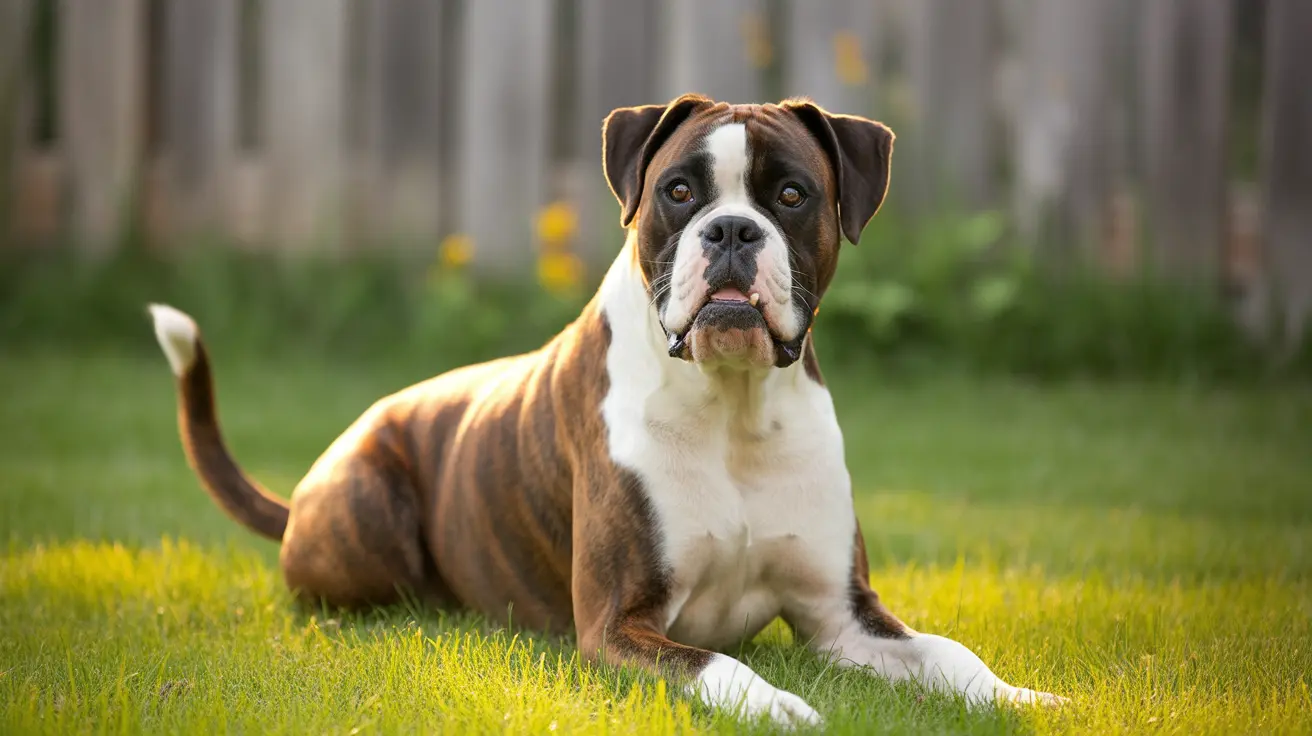Understanding Canine Underbites
An underbite, or mandibular prognathism, occurs when a dog's lower jaw extends further than the upper jaw. This condition is particularly common in brachycephalic (flat-faced) breeds due to their distinctive skull structure. While some underbites are purely cosmetic, others can lead to functional issues that require veterinary attention.
Most Common Dog Breeds with Underbites
Several breeds are genetically predisposed to developing underbites:
- Boxers
- English Bulldogs
- French Bulldogs
- Boston Terriers
- Shih Tzus
- Pugs
- Pekingese
- Cavalier King Charles Spaniels
- Lhasa Apsos
These breeds have been selectively bred for their characteristic facial features, which often include shortened upper jaws and pushed-in faces. This breeding history has made underbites a common trait in their genetic makeup.
Health Implications of Underbites
While not all underbites cause problems, some dogs may experience:
- Difficulty picking up or chewing food
- Increased risk of periodontal disease
- Dental wear and trauma
- Soft tissue injuries
- Chronic pain or discomfort
- Problems with proper jaw alignment
Diagnosis and Treatment Options
Veterinarians typically evaluate underbites during routine dental examinations. Treatment depends on the severity and impact on the dog's quality of life. Options may include:
- Regular monitoring for mild cases
- Orthodontic interventions for severe cases
- Selective tooth extraction when necessary
- Crown modifications
- Ongoing dental maintenance
Managing Your Dog's Underbite
Proper care for a dog with an underbite includes:
- Regular dental check-ups
- Daily tooth brushing
- Appropriate food choices
- Monitoring for signs of discomfort
- Professional cleaning as recommended by your vet
Frequently Asked Questions
Which dog breeds are most commonly born with underbites?
Brachycephalic breeds such as Bulldogs, Boxers, Pugs, and Shih Tzus are most commonly born with underbites due to their genetic predisposition and skull structure.
How can I tell if my dog's underbite is causing pain or dental problems?
Watch for signs like difficulty eating, pawing at the mouth, bad breath, bleeding gums, or reluctance to have their face touched. Any changes in eating habits or unusual behavior should be evaluated by a veterinarian.
What health risks are associated with underbites in brachycephalic dog breeds?
Common health risks include dental overcrowding, periodontal disease, tooth wear, soft tissue trauma, and potential difficulties with eating and drinking. Brachycephalic breeds may also experience related breathing issues.
When should I seek veterinary treatment for my dog's underbite?
Seek veterinary care if you notice signs of pain, difficulty eating, excessive drooling, bleeding gums, or behavioral changes. Regular check-ups are essential for monitoring the condition's progression.
How can I care for and feed a dog with an underbite to prevent dental complications?
Maintain regular dental hygiene, choose appropriate food sizes and textures, schedule regular veterinary check-ups, and monitor for any signs of discomfort or difficulty eating. Consider using special feeding bowls if needed.
Remember, while underbites are common in certain breeds, each case is unique and requires individual assessment. Working closely with your veterinarian will ensure the best possible care for your dog's specific needs.






